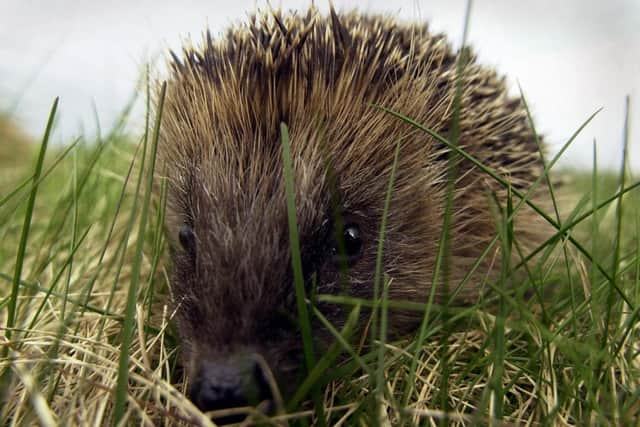United Nations COP15 Biodiversity Conference sees global protection for nature take a big step forward. On paper – Dr Richard Dixon
Early on Monday morning the gavel came down on a historic deal for nature between the world’s nations. It is being described as the ‘Paris moment’ for nature, paralleling the 2015 Agreement on climate change.
Like the higher profile climate summit, the biodiversity talks came out of a UN convention agreed at the 1992 Rio Earth Summit. The meeting that ended this week was the 15th Conference of the Parties (COP) to the Convention on Biological Diversity. Originally to be held in China two years ago, delegates have been meeting for the last two weeks in Montreal.
Advertisement
Hide AdAdvertisement
Hide AdLike the climate COPs, the biodiversity summits are the one place where the world’s nations get together to agree how to protect, restore and enhance nature. The talks were held up numerous times, including when Russia wanted "gender-responsive” changed to the vaguer “gender-sensitive” in a target to build a fair approach into all the actions which will flow from the overall agreement.
A big hope for the talks was agreement on "30 by 30”, the idea of protecting 30 per cent of the world’s land and sea for nature by 2030. After many hours of negotiation, this commitment is included in the final Kunming-Montreal Global Biodiversity Framework agreed this week.
There will also be targets to protect rainforests and wetlands, fairer access to natural sources of medicine, and an aim to halve global food waste. There is also strong language about respecting the rights of indigenous peoples and local communities. But EU proposals to restore degraded land and water, and halve pesticide use did not make it into the final agreement.
Scottish biodiversity minister Lorna Slater attended the conference and talked about the loss of species and the degradation of the natural environment as existential threats to humanity. During the talks, NatureScot published a draft Scottish Biodiversity Strategy, updating the original 2004 and 2020 strategy documents. It aims to halt biodiversity loss by 2030 and reverse it with large-scale restoration by 2045 and contains 26 priority actions for regenerating nature and making it more central to how we manage the countryside and fisheries.
A recent poll found that 84 per cent of people expressing an opinion supported the 30-by-30 goal for Scotland and it is included in the Scottish strategy published last week.


In Montreal, the British government was accused of undermining the talks by failing to set tough overall UK targets for water quality and nature protection. An announcement of watered-down targets was made six weeks after a legal deadline to do so. For instance, water companies will have an extra year to clean up river pollution, now not due until 2038.
The new global agreement is a really big step forward for nature and human rights. On paper. The history of the climate agreements is that countries are very slow to deliver on promised actions and promised funds fail to materialise. The world has seven years to show it can do better for nature.
Dr Richard Dixon is an environmental campaigner and consultant
Comments
Want to join the conversation? Please or to comment on this article.